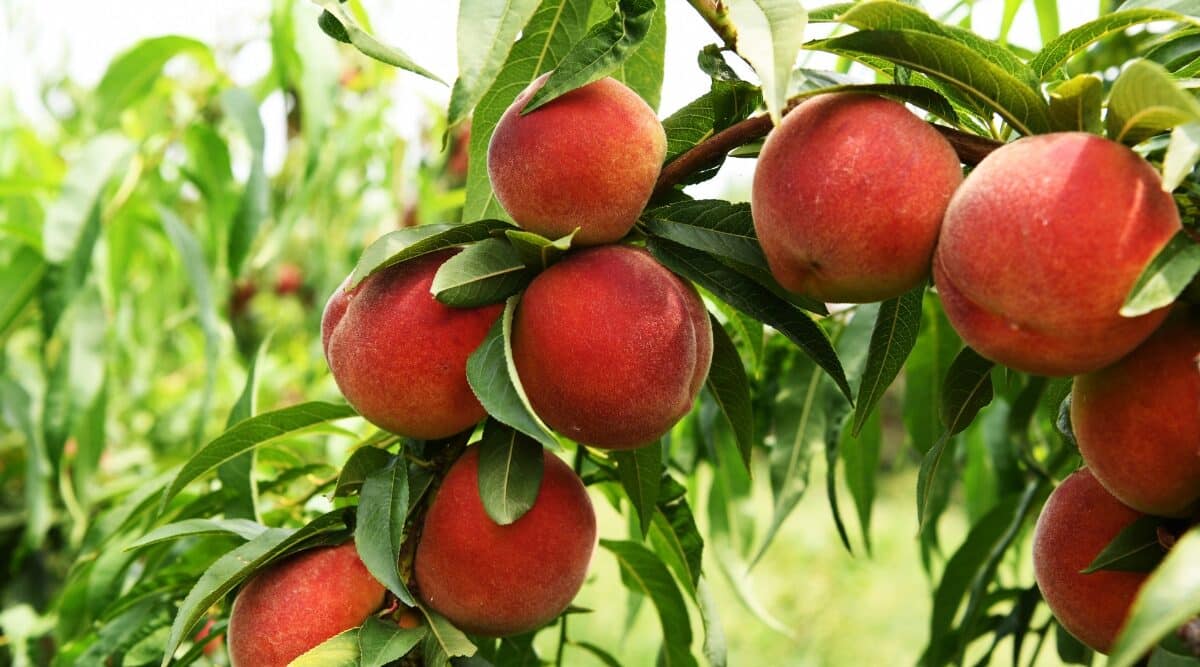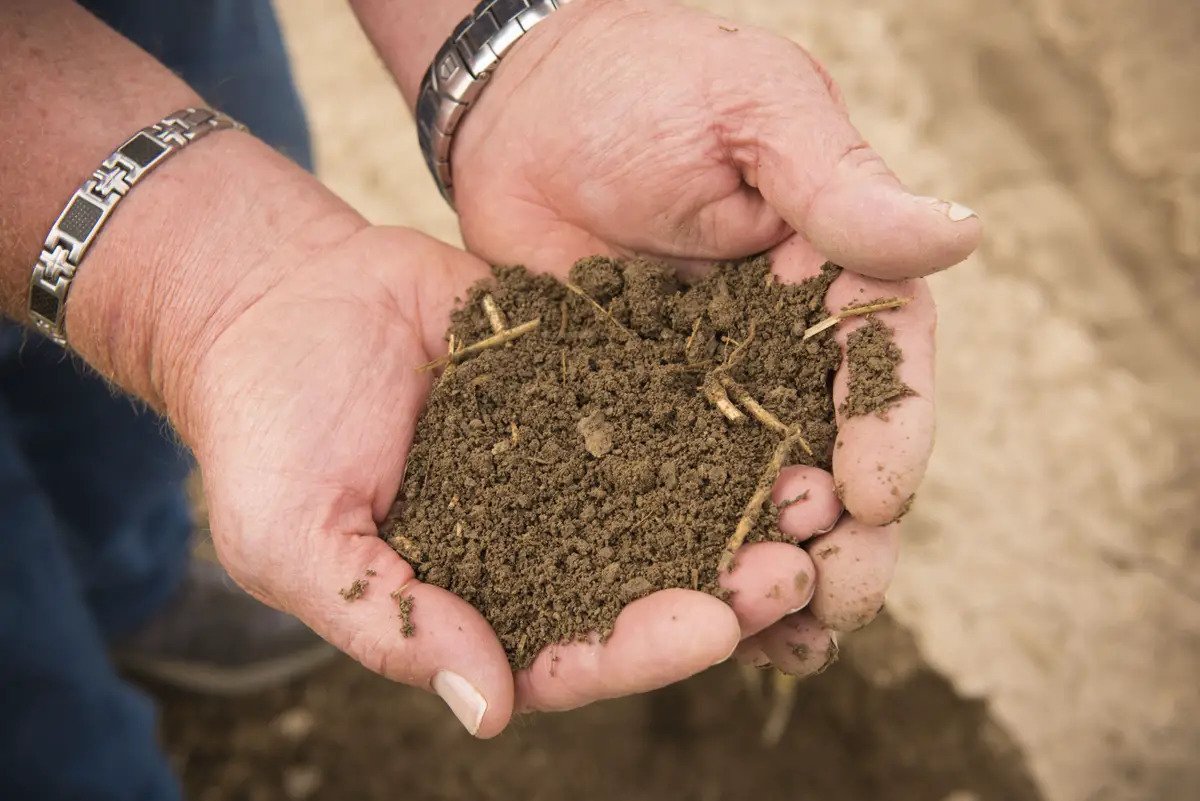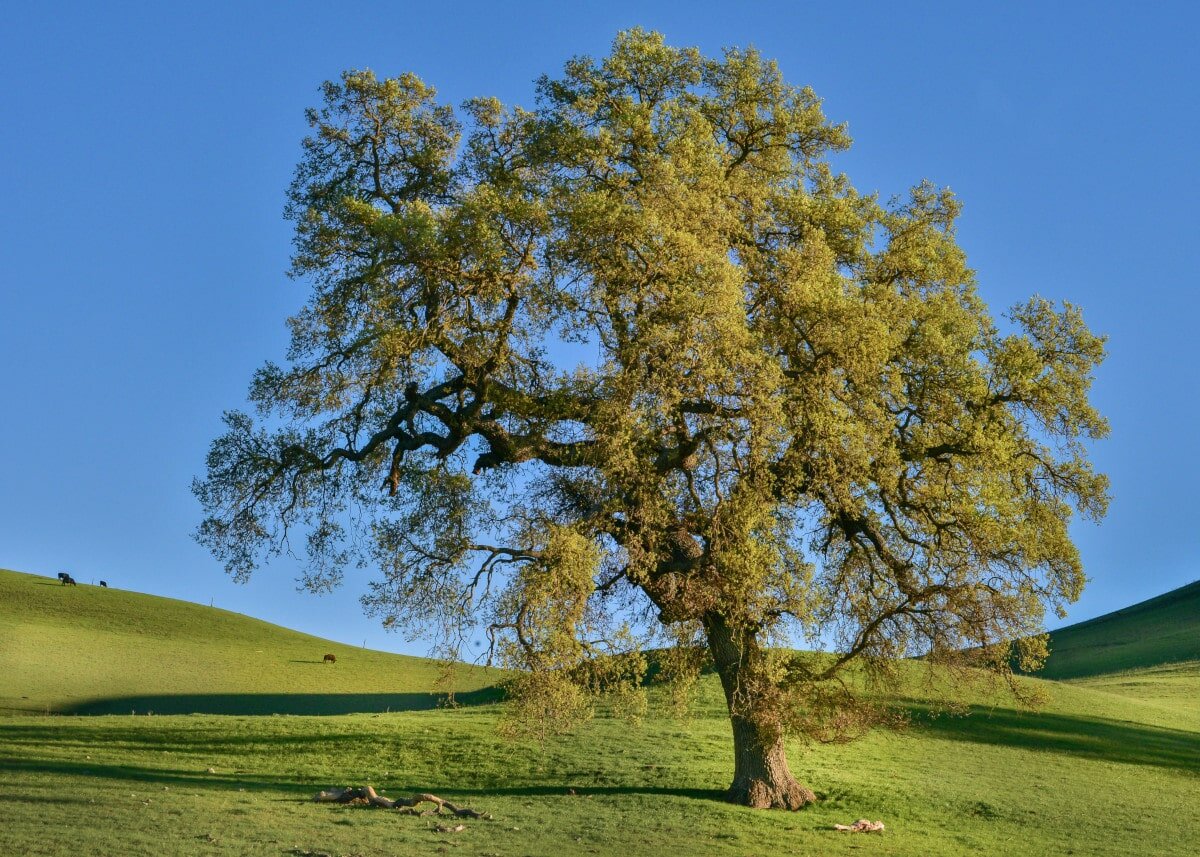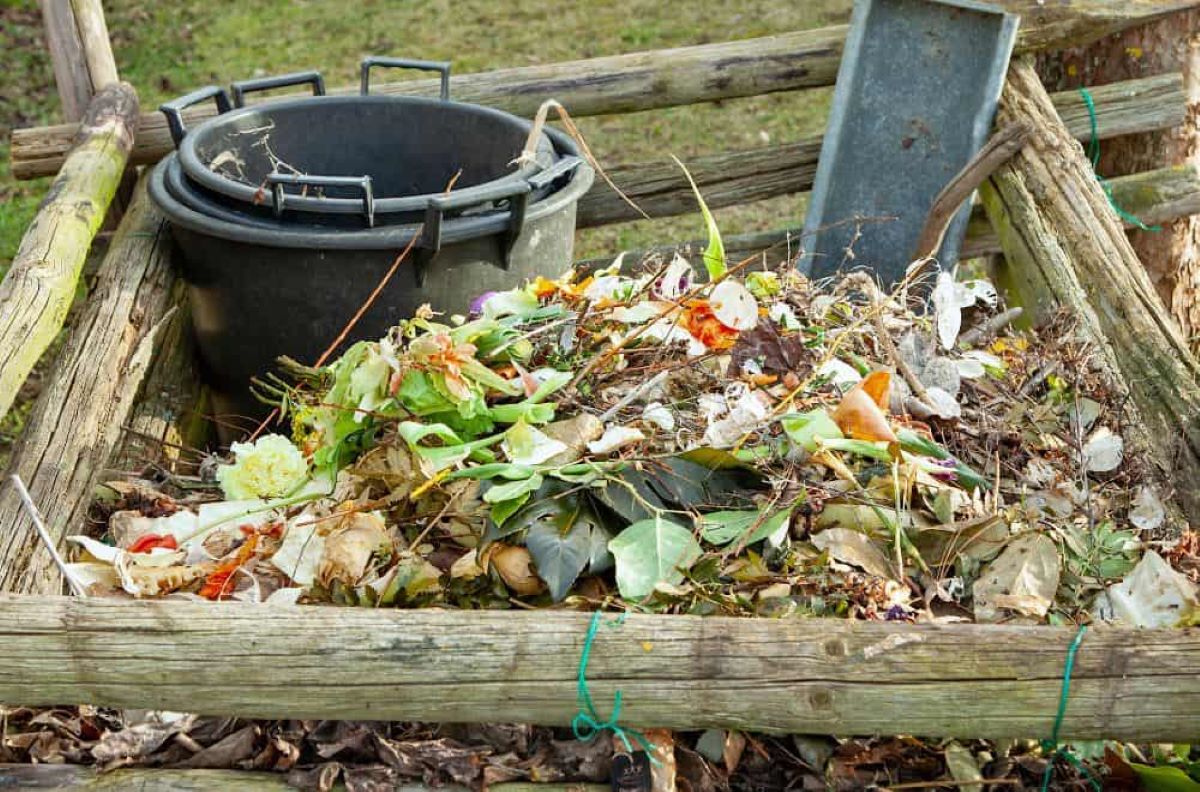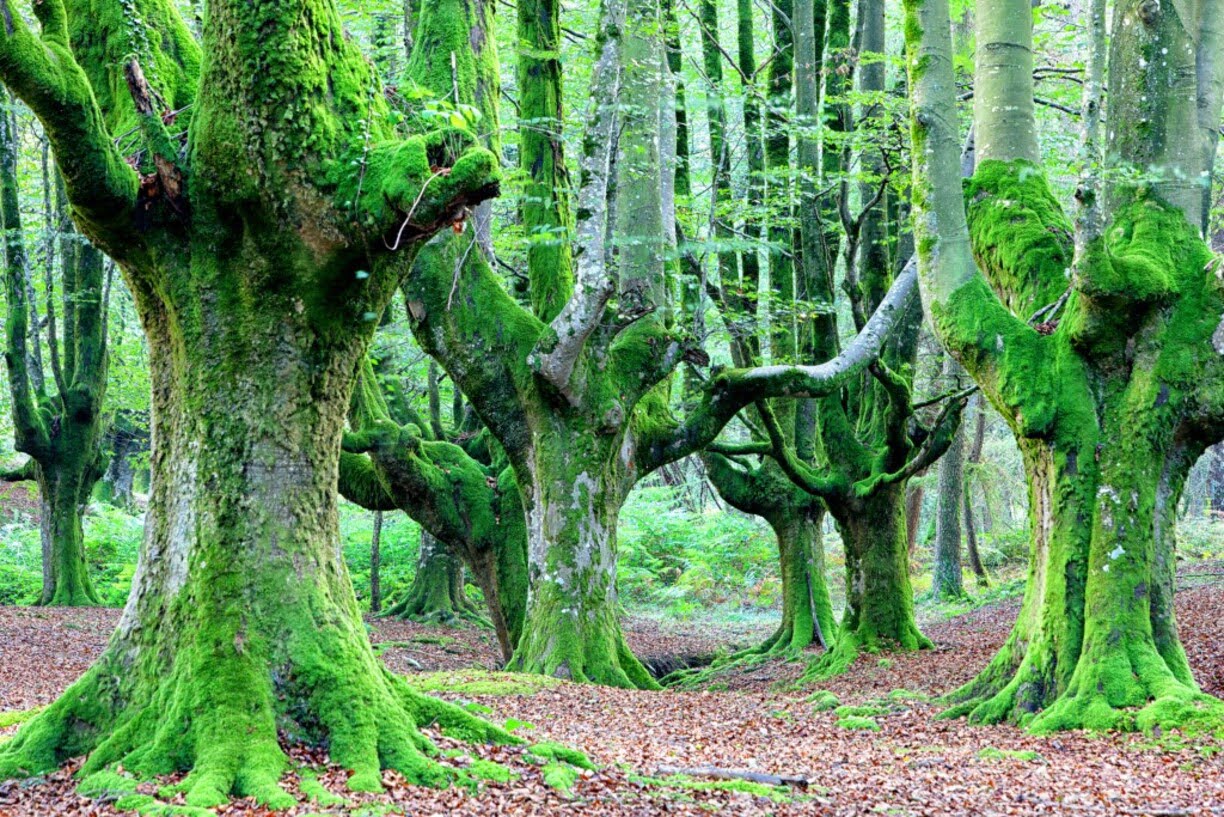Home>Gardening Tips and Tricks>Eco-Friendly Gardening>How Many Trees Does It Take To Make One Piece Of Paper


Eco-Friendly Gardening
How Many Trees Does It Take To Make One Piece Of Paper
Modified: January 22, 2024
Discover the eco-friendly secret behind paper production! Find out how many trees are needed to create one piece of paper with our informative gardening guide.
(Many of the links in this article redirect to a specific reviewed product. Your purchase of these products through affiliate links helps to generate commission for Chicagolandgardening.com, at no extra cost. Learn more)
Table of Contents
Introduction
Welcome to the fascinating world of paper production and its impact on our environment. In our modern society, paper has become an indispensable part of our daily lives. From books and newspapers to office documents and packaging, we rely heavily on this versatile material. However, it is essential to understand the ecological consequences of the paper industry and the importance of adopting eco-friendly alternatives.
Paper production is a complex and resource-intensive process that involves the harvesting of trees, processing of pulp, and the use of energy and chemicals. Sadly, this has led to widespread deforestation, habitat destruction, and the release of greenhouse gases into the atmosphere. As the demand for paper continues to rise, it is crucial to explore sustainable practices that minimize environmental impact.
In this article, we will delve into the intricate world of paper production and examine the environmental costs associated with it. We will also explore the number of trees required to make a single piece of paper and highlight sustainable alternatives that promote eco-friendly gardening practices.
By understanding the impact of our paper consumption and making informed choices, we can contribute to the preservation of our precious natural resources and create a more sustainable future. So, let’s dive in and explore the fascinating world of eco-friendly gardening and its role in paper production!
The Process of Paper Production
The journey of a single piece of paper starts deep in the heart of a forest. Trees, often from commercial plantations, are harvested and transported to a paper mill. Once at the mill, the logs are debarked and transformed into wood chips. These chips are then cooked in a chemical solution, known as pulp, to remove lignin and other impurities. The resulting pulp is washed, bleached, and refined to create a smooth and uniform texture.
After the pulp has been prepared, the next step is papermaking. The pulp is mixed with water to form a slurry, which is then spread onto a wire mesh screen to create a thin layer. As the water drains, the paper fibers bond together, forming a sheet. The sheet passes through various rollers and drying stages to remove excess water and achieve the desired thickness. Finally, the paper is rolled onto large spools or cut into standard sizes for further processing and distribution.
This traditional process of paper production requires substantial amounts of energy and chemicals. The energy is used for tasks such as grinding wood into pulp, refining the pulp, and operating the machinery. Chemicals, such as chlorine and chlorine dioxide, are used in the bleaching process to whiten and brighten the paper. Unfortunately, the use of these chemicals can create harmful byproducts, such as dioxins, which are known to be toxic and persistent in the environment.
Additionally, wastewater generated during the papermaking process can contain pollutants, including suspended solids, organic compounds, and inorganic chemicals. Proper treatment and disposal of this wastewater are crucial to minimize its impact on aquatic ecosystems and surrounding communities.
Overall, the traditional process of paper production is resource-intensive and can have detrimental effects on the environment. However, advancements in technology and growing awareness about sustainability have led to the development of more eco-friendly alternatives.
Deforestation and its Impact on Paper Production
One of the most significant environmental concerns associated with paper production is deforestation. Deforestation involves the clearing of forests to make way for industrial activities, agriculture, and urban development. The demand for wood pulp, the primary raw material for paper, has contributed to extensive deforestation worldwide.
When forests are cleared, not only are countless trees lost, but entire ecosystems are disrupted. Forests are home to a diverse range of plant and animal species, many of which are unique and face the risk of extinction due to habitat loss. Moreover, forests play a crucial role in regulating the Earth’s climate by absorbing carbon dioxide and releasing oxygen through the process of photosynthesis. The destruction of forests contributes to increased greenhouse gas emissions and exacerbates the effects of climate change.
In the context of paper production, deforestation results in a depletion of the available supply of trees. This leads to a loss of biodiversity, disruption of ecosystem services, and the destruction of habitats for various wildlife species. It also affects the livelihoods of indigenous communities and rural populations who depend on forests for sustenance and cultural practices.
Furthermore, deforestation has far-reaching consequences for water resources. Forests play a critical role in capturing rainfall, regulating water flow, and maintaining water quality. When forests are removed, there can be increased soil erosion, sedimentation of rivers and streams, and disruption of the water cycle. This can result in decreased water availability, both for local communities and for downstream areas.
The paper industry is a significant contributor to deforestation. According to the World Wildlife Fund (WWF), the production of paper and pulp accounts for approximately 42% of global timber harvest. To meet the demand for paper, vast areas of forests are being cleared, leading to irreversible ecological damage.
It is essential to find sustainable alternatives to traditional paper production and reduce our reliance on deforestation. This includes promoting the use of recycled paper, transitioning to digital formats, and supporting the development of innovative materials made from agricultural waste or renewable resources.
By addressing the issue of deforestation and adopting eco-friendly practices, we can mitigate the environmental impact of paper production and protect our planet for future generations.
The Amount of Trees Required for One Piece of Paper
The number of trees required to produce one piece of paper can vary depending on multiple factors, including the type of paper, its size, and the efficiency of the production process. Generally, the larger the sheet and the higher the quality, the more trees are needed.
According to the Environmental Paper Network, an average tree can yield approximately 8,333 sheets of copy paper. This calculation assumes that the tree’s average weight is 113 kg (250 lbs) and that each sheet of paper weighs around 4.5 grams. Therefore, for every piece of paper, approximately 0.012% of a tree is used. These figures may vary depending on the tree species, paper weight, and production efficiency.
Considering the global paper consumption, which is estimated at around 400 million tons per year, it becomes evident that a significant number of trees are being harvested for paper production. The World Wildlife Fund estimates that about 17% of global tree felling is due to the paper industry. This highlights the importance of reducing paper consumption, recycling, and finding alternative materials to minimize our dependence on trees.
However, it is crucial to note that not all paper is created equal when it comes to sustainability. Forest Stewardship Council (FSC) certified paper, for example, comes from responsibly managed forests or recycled sources. Choosing FSC-certified or recycled paper ensures that the environmental impact is minimized, as it promotes the conservation of forests and reduces the demand for virgin pulp.
Moreover, embracing digital technologies can significantly reduce our reliance on paper. By transitioning to digital documents, utilizing email instead of physical mail, and adopting electronic forms, we can save trees, energy, and water resources, while also reducing waste and carbon emissions associated with paper production and transportation.
Another sustainable alternative to traditional paper is the use of tree-free fibers. Various plants, such as bamboo, hemp, and kenaf, can be used to make paper. These plants grow faster than trees and require fewer resources, making them more sustainable options. Additionally, agricultural waste, such as sugarcane or straw, can be converted into pulp for paper production, reducing the need for deforestation.
Ultimately, the amount of trees needed for one piece of paper can vary, but the key lies in making conscious choices. By opting for recycled paper, reducing paper consumption, embracing digital alternatives, and exploring tree-free fiber options, we can contribute to the preservation of our forests and create a more sustainable future.
Sustainable Alternatives to Traditional Paper Production
As society becomes more aware of the environmental impact of traditional paper production, there is a growing demand for sustainable alternatives. Fortunately, several eco-friendly options exist that can help reduce our reliance on trees and minimize the ecological footprint of paper production. Here are some sustainable alternatives to traditional paper:
- Recycled Paper: One of the easiest and most effective ways to reduce the demand for virgin pulp is to choose recycled paper. Recycled paper is made from post-consumer waste, such as old newspapers, magazines, and office paper. By using recycled paper, we can save trees, energy, water, and reduce waste going to landfills.
- Tree-Free Fibers: Utilizing fibers from plants that grow rapidly, such as bamboo, hemp, or kenaf, can significantly reduce the need for tree-based paper. These plants can be harvested multiple times in a year and require fewer resources compared to traditional trees. Tree-free fibers offer a sustainable and renewable source for paper production.
- Agricultural Waste: Another innovative approach is the use of agricultural waste to produce paper. By converting waste materials such as sugarcane bagasse or straw into pulp, we can reduce agricultural waste and minimize the need for deforestation. This promotes a circular economy and reduces the environmental impact of paper production.
- Digital Alternatives: Embracing digital technologies is perhaps the most effective way to reduce paper consumption. By transitioning from physical documents to electronic formats, we can eliminate the need for paper altogether. Email, electronic forms, and digital storage systems can significantly reduce our environmental footprint and promote a paperless office environment.
- Educational Outreach: Increasing awareness about sustainable alternatives and promoting responsible paper consumption is crucial. Educating individuals, businesses, and institutions about the environmental impact of paper production can encourage the adoption of eco-friendly practices. Encouraging recycling, promoting the use of eco-labels, and supporting sustainable initiatives can make a significant difference.
It’s important to note that these alternatives are not mutually exclusive, and a combination of approaches may be necessary to achieve a more sustainable paper industry. By reducing paper consumption, choosing recycled or tree-free options, and embracing digital technologies, we can minimize our ecological footprint and contribute to a more sustainable future.
Remember, even small changes in our paper consumption habits can make a big difference. Together, we can protect our forests, conserve resources, and ensure a healthier planet for generations to come.
Conclusion
In conclusion, the production of paper has a significant impact on our environment, particularly in terms of deforestation and resource consumption. However, by adopting sustainable alternatives and practices, we can minimize our ecological footprint and promote a more eco-friendly approach to paper production.
Deforestation, driven by the demand for wood pulp, contributes to habitat loss, biodiversity decline, and climate change. It is crucial that we recognize the importance of preserving forests and seek ways to reduce our reliance on tree-based paper. Recycled paper, tree-free fibers, and utilizing agricultural waste are all viable options for sustainable paper production.
Additionally, embracing digital alternatives can have a profound impact on reducing paper consumption. By transitioning to electronic documents, utilizing email, and embracing digital storage systems, we can significantly contribute to a paperless future.
Education and awareness play a vital role in driving change. By promoting responsible paper consumption, supporting sustainable initiatives, and creating a culture of environmental stewardship, we can foster a more sustainable approach to paper production within businesses, institutions, and individuals.
Remember, every action counts. Even small changes in our paper consumption habits can make a big difference in conserving resources, protecting our forests, and mitigating climate change. Let us strive towards a future where paper production is sustainable, and the beauty of nature continues to thrive.
